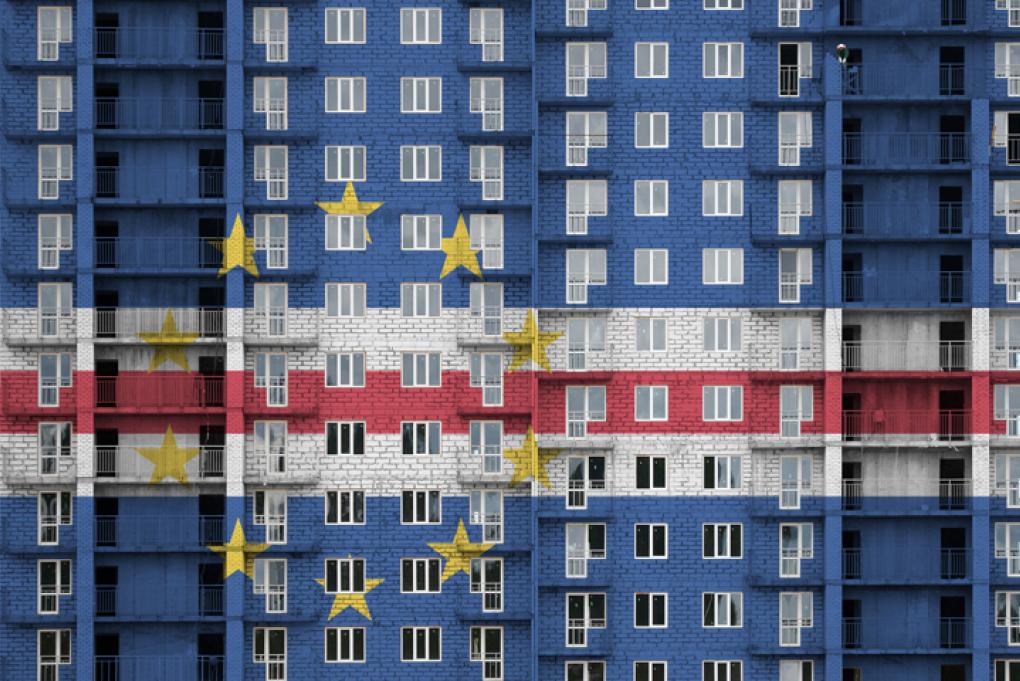The positive start to 2018 looks set to continue
The Spanish economy continues to gain strength. According to the initial data provided by the Spanish National Statistics Institute, GDP growth for Q1 2018 remained at a solid 0.7% quarter-on-quarter (2.9% year-on-year). The Spanish economy has been growing at around 3.0% for three years now. This growth has been supported by the country’s internal strengths, the recovery of its international competitiveness and a healthier macro environment, as well as some external tailwinds which, although losing intensity, continue to provide more sustained growth than anticipated. As such, while the euro area continues to grow at a good rate, to the benefit of the Spanish foreign sector, the negative effects of higher oil prices are mitigated by the appreciation of the euro. Also, the financial conditions remain highly accommodative and the ECB is adopting an attitude of extreme caution towards the withdrawal of monetary stimuli. Added to this is the improvement in the credit rating of Spain’s sovereign debt, which supports the reduction in the risk premium against the German bund, which in April stood below 70 bps, its lowest since 2009. On 13 April, the rating agency Moody’s upgraded Spain’s credit rating (from Baa1 to Baa2), joining the revisions already applied by Fitch and S&P in March. All these factors contributed to the IMF revising its forecasts for growth in the Spanish economy upwards, from 2.4% to 2.8% in 2018 and from 2.0% to 2.2% in 2019. This brings them more in line with the forecasts of CaixaBank Research, which remain unchanged at 2.8% and 2.4%, respectively.
Investment remains encouraging and private consumption highly buoyant. On the supply side, business confidence ishigh and the economic activity indicators for Q1 2018 have maintained the upturn seen at the end of the year, when there was significant spending on manufacturing investment. In March, the PMI manufacturing and services indices both fell by more than a point, but this does not change the overall picture as they remain at levels similar to those of previous years and are in line with expansionary phases of economic activity. On the demand side, the synthetic indicator of private consumption shows a clear upward trend. Retail sales were also strong, rising by 1.9% year-on-year in March, which is above the average for 2017. Together with the improvement in consumer confidence in April, this is another factor that reinforces our conviction that private consumption, which accounts for 57% of GDP, is performing well in the first half of this year.
Despite the slight slowdown, the labour market continues to follow an underlying favourable trend. The Active Population Survey for Q1 2018 shows that jobs continue to be created at a good pace, with jobs growth of 0.5% quarter-on-quarter in seasonally adjusted terms. This is a figure similar to Q4 2017, albeit somewhat lower than the average for the first three quarters of 2017 (0.7%). The data for Social Security registrations in March also point towards a slight slowdown, with an increase of 3.3% year-on-year, slightly below the 3.6% corresponding to the average for 2017. This continuity in the creation of new jobs will allow the rate of unemployment, which remains high at 16.7% despite having dropped 2 pps in the last year, to continue to fall. Meanwhile, the increase in the number of wage-earners employed under collective labour agreements was 1.5% in March, slightly higher than the 1.3% for the same period in 2017.
The strength of economic activity is occurring in an environment of very moderate inflationary pressures. Headline inflation for April was 1.1%, despite the rise in oil prices which exceeded 70 US dollars per barrel, 35.1% above the level of the same period of 2017. The inflationary effects of a higher oil price lead us to revise the average inflation forecast for 2018 upwards, from 1.5% to 1.6%. This revision is only moderate compared to the increase in the price of crude oil, due to three compensating factors. The first of these factors is the exchange rate, since a stronger euro against the US dollar brings the appreciation of oil down to 14.6% in euro terms. Secondly, the recent decline in the price of electricity helps to dampen inflation, as the price in March was 1.4% below the level of the same period last year. The third compensating factor lies in the core component of the CPI (the headline CPI without energy or non-processed foods, which have an 81.2% weighting in the index), which has proven very moderate in recent months. As such, although the calendar effect of Easter, which fell in March this year whereas in 2017 it fell in April, brought about a logical increases in the price of tourist packages and of private road transport services, these increases had less of an impact. This is because core inflation experienced only a minimal increase, going from 1.1% in February to 1.2% in March, which indicates that the inflationary pressures, including those that might arise from higher wages, appear to be under control for the time being.
The current account balance will end 2018 in the black, despite higher oil prices. The recent increase in the price of oil also caused CaixaBank Research to reduce the current account surplus forecast for 2018 by 1 more decimal place, brining it to 1.7% of GDP, 0.2 pps below the figure for 2017. The revision is contained, since the higher cost of energy is offset by the strength of exports of goods and services, as well as by the good performance expected in the income balance, which continues to benefit from the low interest rates on Spain’s debt (for further details, see the Focus «Spain’s current account is continuing on the right track» in this Monthly Report). The customs data for February reinforce the thesis that the current account surplus will be sustained. This is because exports of goods grew by 7.1% year-on-year (on a 12-month cumulative basis), while non-energy exports, more in line with the underlying trends, grew by 6.1%, slightly below the peaks
of Q4 2017 but higher than the 4.3% average for the period between January 2013 and February 2018. This export bonanza compensates for the rise in imports resulting from the spike in energy prices and a higher domestic demand for other goods (imports of non-energy goods rose by 6.8% year-on-year for the cumulative 12-month period, which also exceeds the 5.3% average for the past few years, although it shows signs of a slowdown). As for the balance of services, exports of non-tourist services increased more than imports, while the tourism sector matched its best year. The challenge for the tourism sector in 2018 will be to match or exceed the figures from 2017, which was an exceptionally good year. In February, 4.2 million international tourists visited Spain, 2.6% more than in 2017, and their total expenditure was 4.7% higher than in February 2017. This increase in spending can be explained by the greater influx of tourists from outside of Europe, as they spend more per person per day on average than European tourists.
The strength of the economy is helping to correct the fiscal imbalances. In 2017, the budget deficit stood at 3.1% of GDP, 1.2 pps less than in 2016. This improvement makes meeting the deficit target for 2018 of 2.2% of GDP achievable (for further details, see the Focus «The balancing of the public finances, at the mercy of economic improvement» in this Monthly Report). The budgetary implementation data show that in the first two months of 2018, the combined deficit of the general government fell by 1 decimal point compared to the same period in 2017, contributing to the 9-decimal point reduction required to achieve the goal by the end of the year. Furthermore, according to the data up to March already published, the central government deficit fell by one decimal point to 0.4% of GDP. This improvement in the balance of the public finances is in line with the gradual improvement of the financial situation of households and non-financial corporations, which continue to reduce their borrowing. Having cut their levels of debt from their peaks by 23.8 and 36.9 pps of GDP, respectively, in Q4 2017 they stood
at 61.3% and 96.8%. Healthier public and private finances will provide support to underpin the economy’s capacity for growth in the medium term.
The real estate market continues on an upward path, with housing sales growing by 17.4% in January on a year-on-year basis (12-month cumulative sales) and more than 480,000 transactions recorded, a level not reached since Q1 2009. Coinciding with this increased level of activity, the house price index published by the Spanish National Statistics Institute, which is based on transactions, rose by 7.2% year-on-year and indicates a trend of acceleration. The largest increases were in the Community of Madrid, Catalonia and the Balearic Islands, with year-on-year increases reaching 12.3%, 10.0% and 9.1%, respectively. On the supply side, construction is expected to continue its recovery and to make a positive contribution to economic growth beyond 2018. An example of this is the number of licenses issued for new construction projects. Although in January the number increased by 24.4% year-on-year (on a cumulative 12-month basis), it still has some way to go, since it currently stands at 30.2% of the level for the period from 1993 to 1997 inclusive, prior to the real estate bubble.











